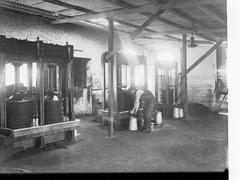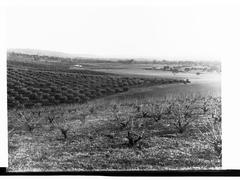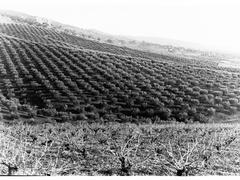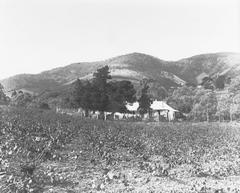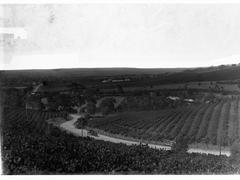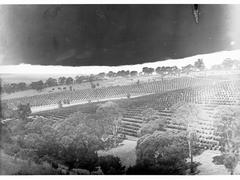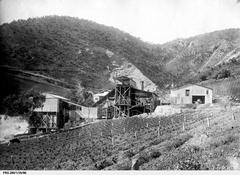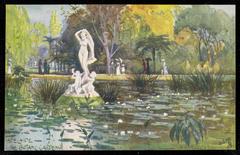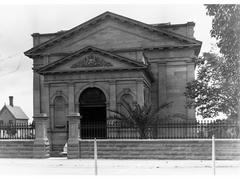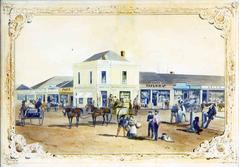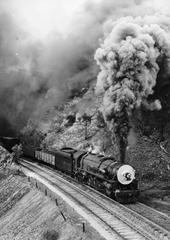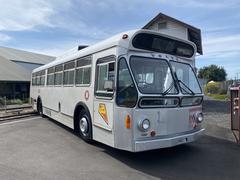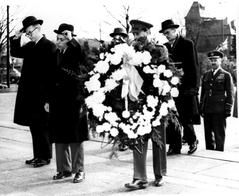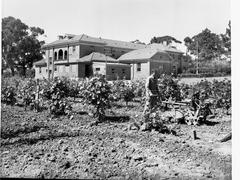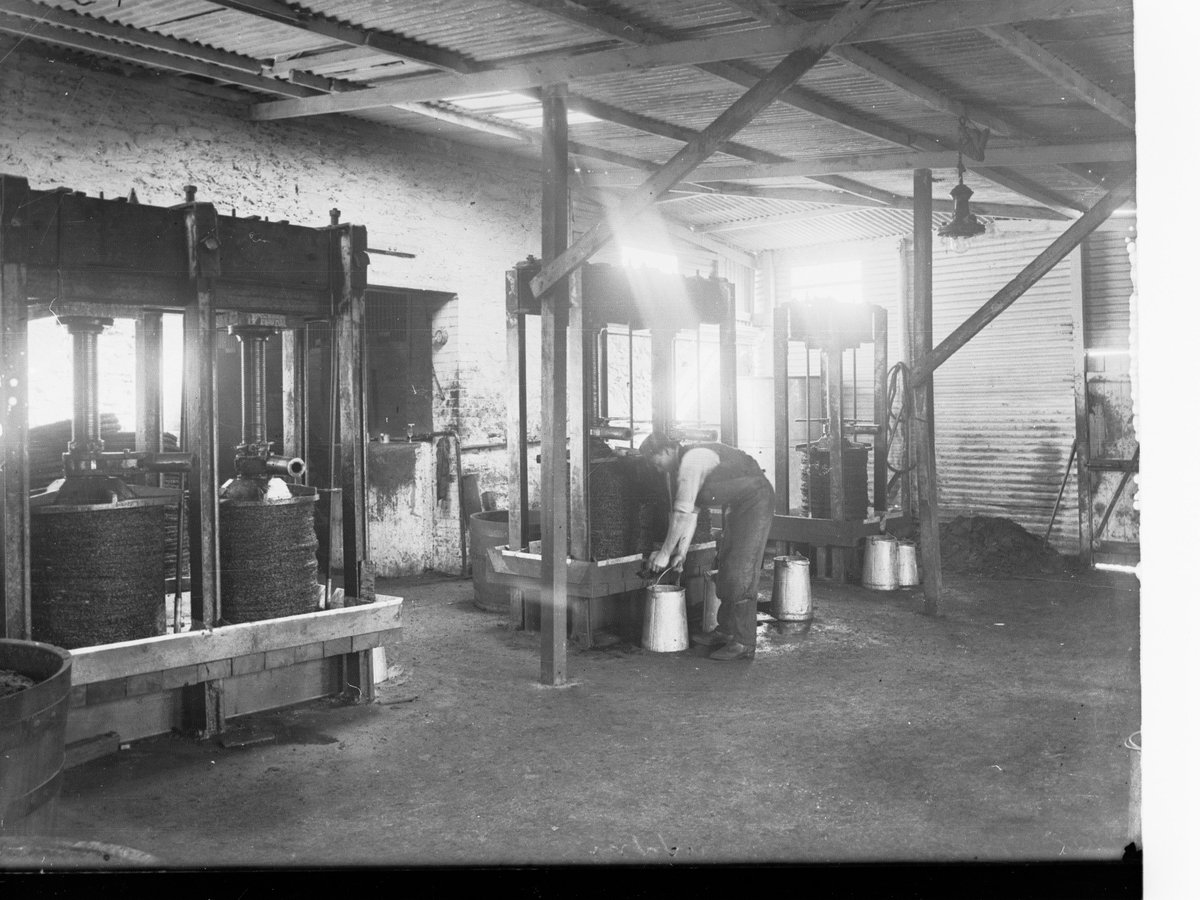
Comprehensive Guide to Visiting Michael Perry Botanic Reserve, Adelaide, Australia
Date: 01/08/2024
Introduction
Nestled in the serene suburb of Stonyfell, Adelaide, the Michael Perry Botanic Reserve is a hidden gem that offers visitors a unique blend of rich history, natural beauty, and cultural significance. This comprehensive guide will take you through the fascinating history of the reserve, provide essential visitor information, and offer tips to enhance your experience. Whether you’re a nature enthusiast, a history buff, or simply looking for a peaceful retreat, the Michael Perry Botanic Reserve has something for everyone. The reserve’s history dates back to the mid-19th century, originating as part of the Clifton Lodge estate. Over the years, it has evolved from a private estate to a public haven, thanks to the generosity of its previous owners and the dedication of the local community. Today, it stands as a testament to the efforts of individuals like Michael Perry, a former Councillor, Alderman, and Mayor, who played a significant role in its preservation. The reserve also holds cultural significance for the Kaurna people, the traditional custodians of the land, adding an enriching layer to the visitor experience (Walking SA). This guide will provide you with all the information you need to plan your visit, including details on visiting hours, accessibility, nearby attractions, and more.
Table of Contents
- Introduction
- History of Michael Perry Botanic Reserve
- Visitor Information
- Travel Tips
- Nearby Attractions
- Key Historical Milestones
- FAQ Section
- Conclusion
History of Michael Perry Botanic Reserve
Early Establishment and Development
The origins of the Michael Perry Botanic Reserve trace back to the mid-19th century. The land was initially part of the estate of Clifton Lodge, a large Gothic-style house constructed in 1852 for George Sismey, a miller and early investor in South Australia’s mining and quarry industries. In 1872, the property was acquired by Nathaniel Knox, who significantly transformed the landscape by establishing an extensive garden along Second Creek. Knox imported numerous exotic plant species, many of which still have remnants in the reserve today (Walking SA).
Subdivision and Public Access
In 1976, the Clifton Lodge estate was subdivided, and the land that now constitutes the Michael Perry Botanic Reserve was donated to the public. This act of generosity ensured that the area would be preserved and accessible for community enjoyment. The reserve was named after Michael Perry, who served as a Councillor, Alderman, and Mayor from 1958 to 1983, recognizing his contributions to the local community (Walking SA).
Historical Features and Remnants
Several historical features from the original estate remain within the reserve, offering visitors a glimpse into its storied past. The entrance gates to Andrews Walk, for instance, were the original gates to the historic 1852 house. The former pump and adjacent shed, used by Clifton Lodge to source water, are also preserved within the reserve (Walking SA).
Indigenous Significance
The reserve also holds cultural significance for the Kaurna people, the traditional custodians of the land. Interpretive signage throughout the reserve provides information about the Kaurna people, their connection to the land, and the environment. This educational aspect enriches the visitor experience by highlighting the indigenous heritage of the area (Walking SA).
Restoration and Conservation Efforts
In recent years, the City of Burnside has undertaken significant efforts to restore the indigenous vegetation along the creek line and woodland areas within the reserve. These initiatives aim to revive the natural habitat and promote biodiversity. The restoration of the historic garden, featuring a range of botanically interesting species, is also a key focus, ensuring that the reserve remains a vibrant and ecologically diverse space (Walking SA).
Visitor Information
Visiting Hours
The Michael Perry Botanic Reserve is open to the public daily from sunrise to sunset. There are no entrance fees, making it accessible to everyone.
Tickets
There is no ticket required to enter the reserve. However, during special events or guided tours, there might be a nominal fee. For the latest information on events and fees, visit the official City of Burnside website.
Accessibility
The reserve offers wheelchair-accessible paths and facilities to ensure that all visitors can enjoy the natural beauty and historical features. Additionally, there are restrooms and picnic areas available for visitor convenience.
Travel Tips
Best Time to Visit
Spring (September to November) and autumn (March to May) are ideal times to visit, with mild weather and blooming flora.
What to Bring
- Comfortable Footwear: The reserve features a variety of walking trails, so comfortable, sturdy shoes are recommended.
- Water and Snacks: While there are no food vendors within the reserve, visitors are encouraged to bring their own water and snacks. There are several picnic areas where you can enjoy a meal surrounded by nature.
- Sun Protection: Adelaide’s sun can be intense, especially during the summer months. Bring a hat, sunglasses, and sunscreen to protect yourself from UV rays.
- Camera: The reserve offers numerous photo opportunities, from scenic landscapes to close-ups of unique plant species. Don’t forget your camera or smartphone to capture these moments.
Nearby Attractions
Adelaide Botanic Garden
Just a short drive away, offering a larger collection of plant species and beautiful landscapes.
Cleland Conservation Park
Perfect for wildlife enthusiasts, featuring native Australian animals and walking trails. More information can be found on the Cleland Conservation Park website.
Historic Sites in Adelaide
Explore other historical sites like Ayers House Museum and Carrick Hill to delve deeper into Adelaide’s rich heritage.
Key Historical Milestones
- 1852: Construction of Clifton Lodge for George Sismey.
- 1872: Nathaniel Knox acquires the property and establishes an extensive garden.
- 1976: Subdivision of the estate and donation of the land to the public.
- 1983: Naming of the reserve in honor of Michael Perry.
- Recent Years: Restoration efforts by the City of Burnside to revive indigenous vegetation and the historic garden.
FAQ Section
- Q: What are the visiting hours for Michael Perry Botanic Reserve? A: The reserve is open daily from sunrise to sunset.
- Q: Is there an entrance fee for the reserve? A: No, entrance to the reserve is free, though special events and guided tours may have fees.
- Q: Are there facilities for disabled visitors? A: Yes, the reserve has wheelchair-accessible paths and facilities.
- Q: Can I bring a picnic to the reserve? A: Absolutely! There are designated picnic areas within the reserve.
Conclusion
The Michael Perry Botanic Reserve stands as a testament to the rich history and cultural heritage of the City of Burnside. Its transformation from a private estate to a public reserve reflects the community’s commitment to preserving and celebrating its natural and historical assets. Visitors to the reserve can enjoy a unique blend of historical artifacts, indigenous cultural insights, and restored natural beauty, making it a must-visit destination in Adelaide. For more information on visiting hours, tickets, and events, be sure to check out the official City of Burnside website.
References
- Walking SA, 2023, Michael Perry Botanic Reserve
- City of Burnside, 2023, Discover Michael Perry Reserve
- City of Burnside, 2023, Official City of Burnside Website
